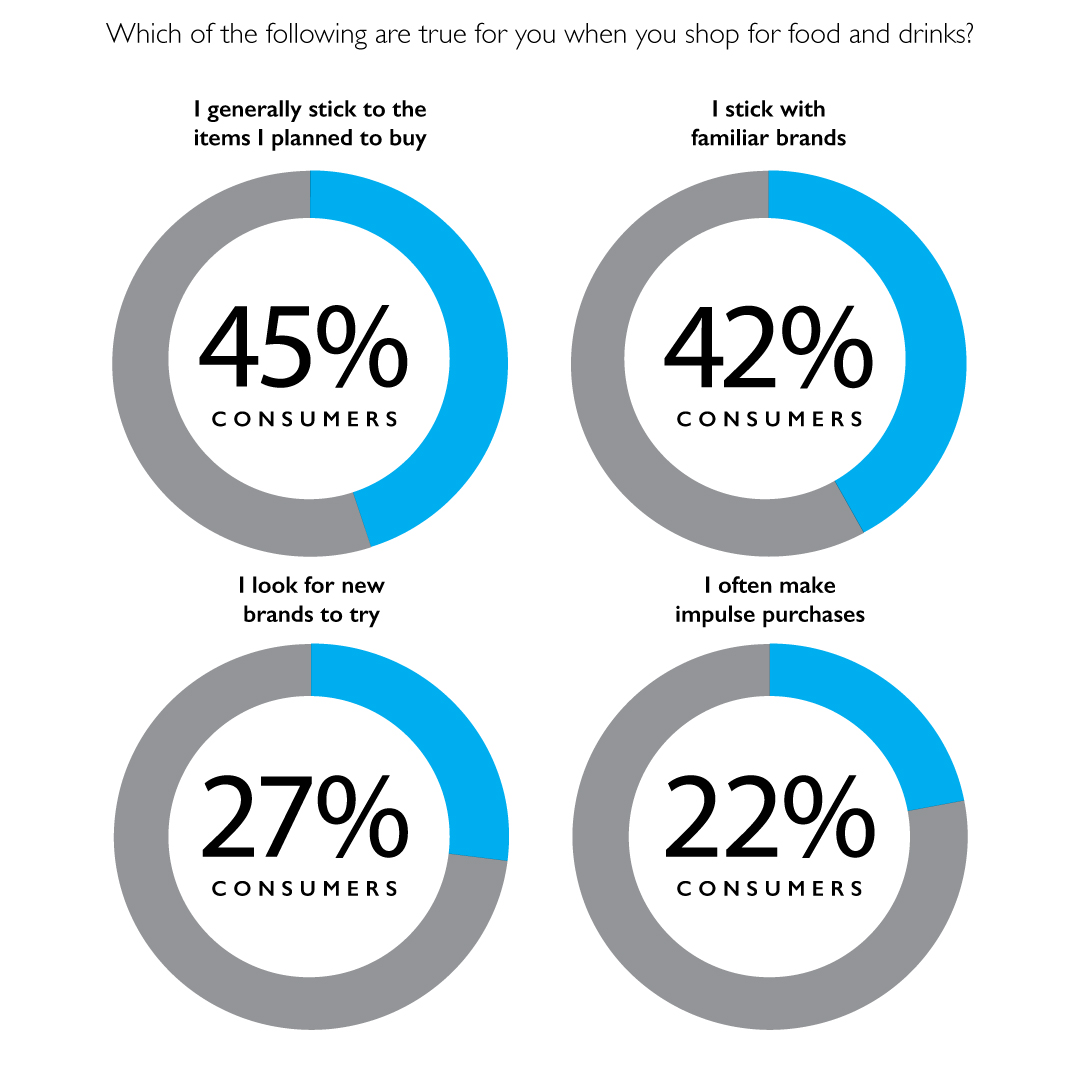Strategy
How Long Can You Scream?

Fred Richards
CMO & Partner
June 22, 2021
Standing out for being different is not as easy as it used to be. Once upon a time all a brand needed to do was attract attention to itself by pointing out the frailties of any given category, scream it from the rooftops and, hey-presto, you were a provocative upstart brand. History is littered with these protagonist brands from Apple to Dollar Shave Club to Nike to Tesla to Virgin and so on. While these brands seem so mainstream and expected if not at times all too predictable; in their day, they shone like a beacon on the hill of conformity, establishment expectations and creative dullness. Moreover, they had a solid foundation to start from in the sense of timing, technology, and that the status quo had yet to be challenged in any significant amount of time or worse ever!
Calling out the obvious shortfalls in any given category was relatively simple back in the day because all the main players, including the category captains, played to a series of unspoken rules in terms of activation, communication, design language and even brand experience. Consider the airline industry for example. Most airlines did and some sadly still do play to one of two design formulas for the national carriers: Use an abstract version of the country’s flag as the identity (British Airways, Air France, US Air…) or an abbreviation of the country (SAS, AA, JAL, TAP…). How consumers were expected to differentiate is beyond me—not only for airlines but also for beer, detergent, banking and the myriad of fragmented commodity categories in today’s marketplace.
Then come the upstarts, the troublemakers, the brands that believe they have the power to change things – sound familiar? To do so, point out the failings of the entire category and simply ask “why?” Why are certain category expectations and formulas acceptable, and why should a consumer continue to pay for a lousy experience? Consumers take notice, then sit up and self-reflect. Of course, one of the best examples that has gone down in the myths of branding folklore is the 1984 George Orwell Apple Macintosh commercial directed by Ridley Scott. Everyone recalls seeing this ad for the first time and then not only questioning the monopoly that “Big Brother” held on the personal computing space but also wondering “Why don’t I own a home computer?” even though most consumers had little idea why they needed such a machine in the first place.
Careful observation of any given category, consumer behavior and its communication and design language can lead to business and brand opportunities and on occasion great wealth for the owners. However, in recent times the clever go-to-market strategies have been for the most part crass and unsophisticated. Screaming that you are different seems to be the order of the day in an effort to grab a consumer’s attention. If you are not screaming enough, then simply scream louder. For instance, too many brands cling to messaging that their ingredient selection and product manufacturing or sourcing story is different from the adjacent brand. However, consumers may question how many authentic Italian olive oil brands, organically harvested kale chips, better longer lasting more powerful battery, super-duper all-natural healthy breakfast cereal, fresher milk brands can there really be? What some brands believe to be an advantage is simply table stakes—or worse still—so bland that a consumer either does not care enough or expects such claims within the category.

Breaking the Routine
“A key hurdle to new-product success for challenger brands and big brands alike is the reality that food and drink shopping is a matter of routine for many consumers. Grocery shoppers overall are considerably more likely to say that they stick with familiar products than they are to say they look for new brands or make impulse purchases.”
Mintel- “Challenger Brands- US” January 2020
Screaming for attention is a short-term tactic and anyone reading this would totally understand that, yet from time to time have fallen prey to its seductive selling and yelling opportunity. After all, that violator will only be on pack for a short while, what could possibly be the harm? Been there, seen that, done it and regretted it every time. Screaming at your consumer only gets you so far and let’s face it how long can you scream in the first place (thank you, Mary Zalla!) before you have to draw breath (run out of funds!) to start again? Like a toddler when you start screaming, nobody can even hear you until you draw that second breath and reach the required pitch to indicate that something is wrong. Pay attention to me…now! The wail lasts for some considerable time, sometimes it is even impressive for how long. In the time it takes you to draw your third breath, the market has already evolved while your competition has also started screaming—or even worse—is screaming louder than you originally did. What then?
“Step away from all the buzz words you believe to be so righteous and really concentrate on what you really stand for in the hearts and minds of your consumers.”
The subtle art of being able to cut through the clutter and observe the category first is critical. Step away from all of the buzz words you believe to be so righteous and really concentrate on what you really stand for in the hearts and minds of your consumers. Screaming for the sake of screaming or simply just because you can is not enough, and let’s face it—nobody really wants to hear it. Worse still screaming out loud that you have discovered something so radically different might cost you that competitive edge as you’ve given the game away, and deeper or smarter pocketbooks might be able to outspend or out think you. There is a fine line between drawing attention to the consumer while being able to provocatively point out why is something so acceptable without making the consumer feel stupid and not lose your competitive advantage.
Being a challenger brand is now going to require far deeper scrutiny and a diligent go-to-market strategy than it has in some considerable time. In any given category these days, the market has become so commoditized and fractured. Choices, choices, choices with so many incremental differences between one brand and the next. To truly stand out, the look and feel of the entire brand ecosystem along with a precise messaging strategy is going to be crucial because consumers, influencers and retailers are much more vigilant. Everyone it seems is looking out for that next best thing; however, screaming for attention is a poor substitute for a solid brand strategy on any given Sunday.
